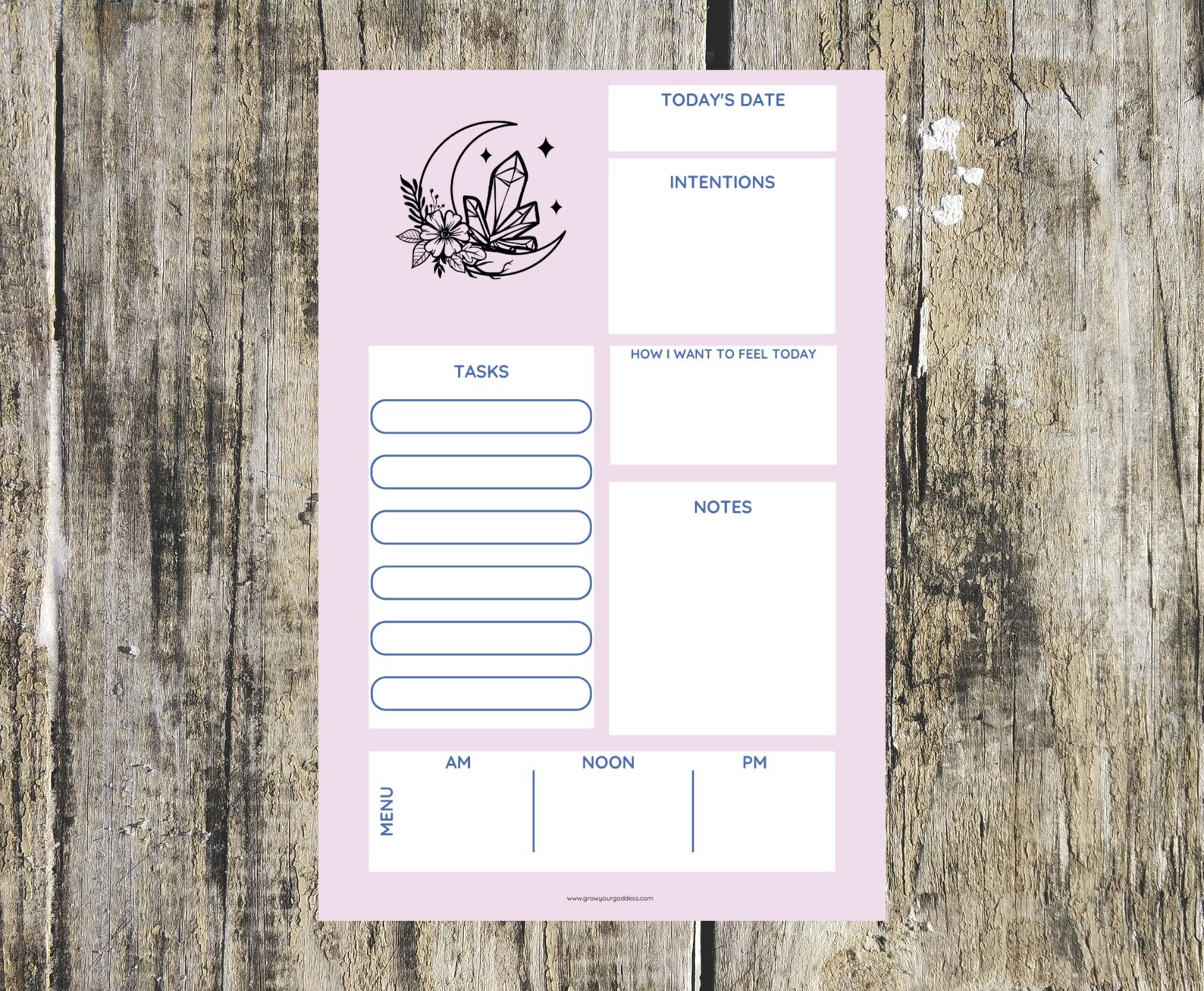

Scroll back to the screenshots at the top of this blog and you’ll see the Due dates, representative icons for Progress and Priority, and labels on various tasks in the Board view. Think of labels as another way to group tasks by similar attributes so team members can quickly identify the to-dos most relevant to them.Īll four fields inform different Planner capabilities-more on that in the next section-and, when added, are represented on each task in the Board view. For example, you might use labels to explain delays (e.g., “Pending review,” “Overbudget”), note the quarter that tasks are due, or define the responsible department.

Labels: The 25 color-coded labels are a great way to organize tasks around information specific to that plan.There’s one more task field that, like the three above, feeds into other Planner functions. A task priority can go from Medium to Important and then down to Low as plan priorities shift over time. But unlike Due date and Progress, which rarely fluctuate (ideally), the Priority field can be more fluid.

Priority : The Priority field has options for Low, Medium, Important, and Urgent.Progress: There are three options for Progress-Not started, In progress, and Completed-which means you’ll likely update it twice: once when you start a task (In progress) and again when you finish it (Completed).

Of all the optional task details, the Due date is probably the most important.


 0 kommentar(er)
0 kommentar(er)
